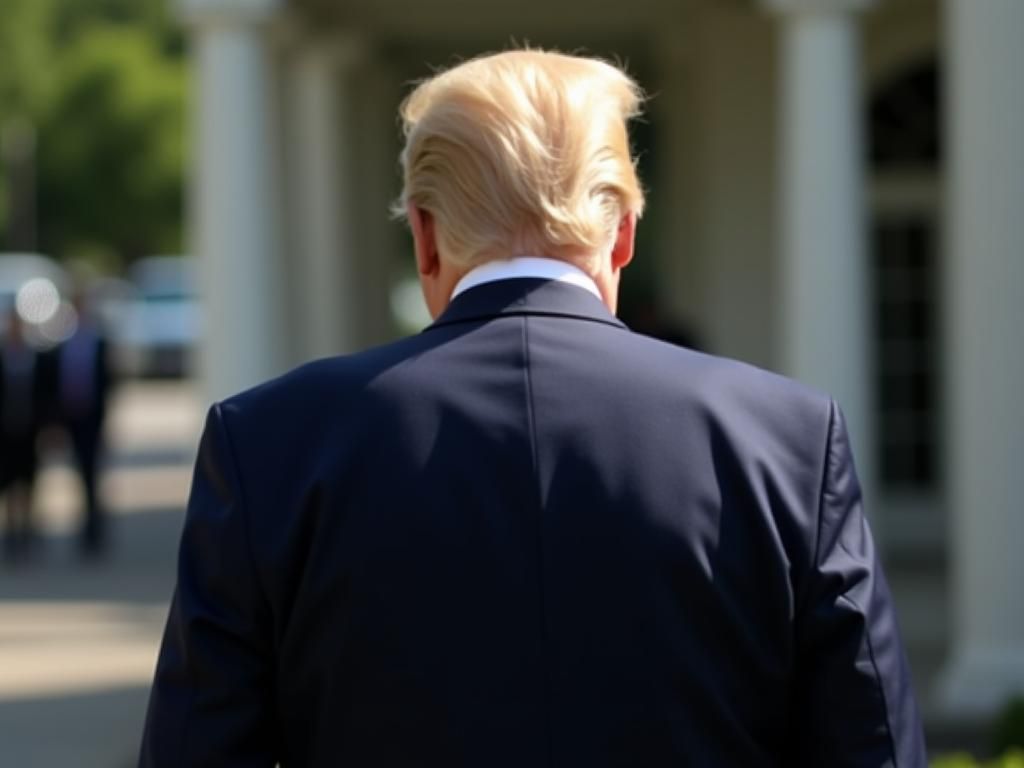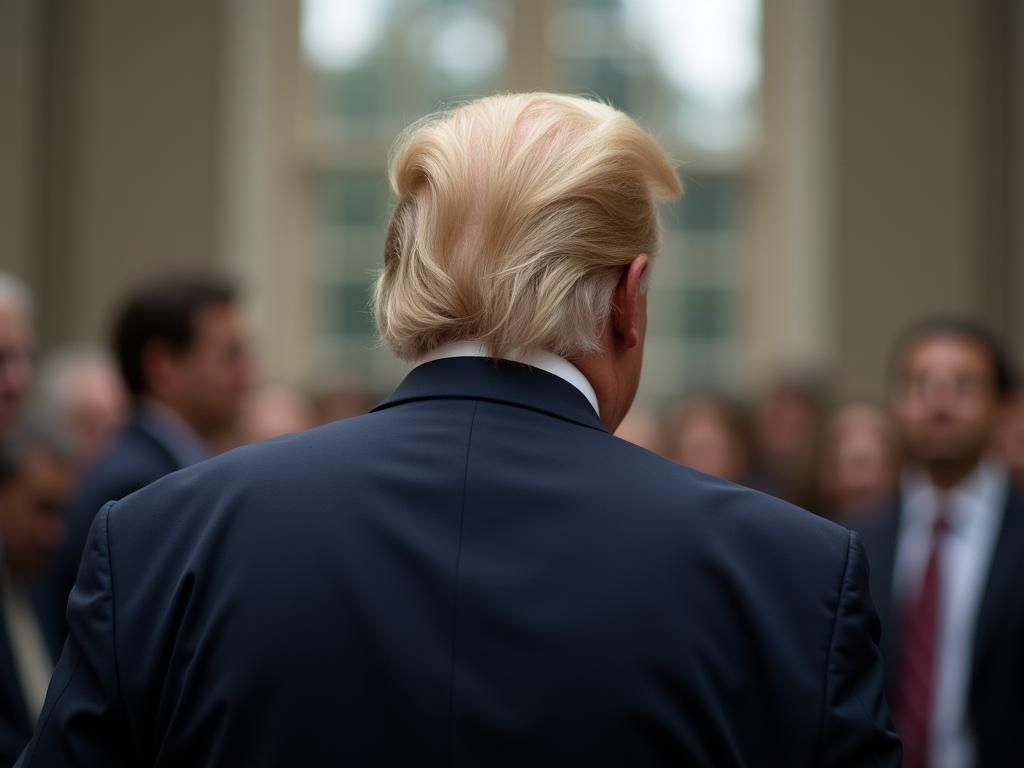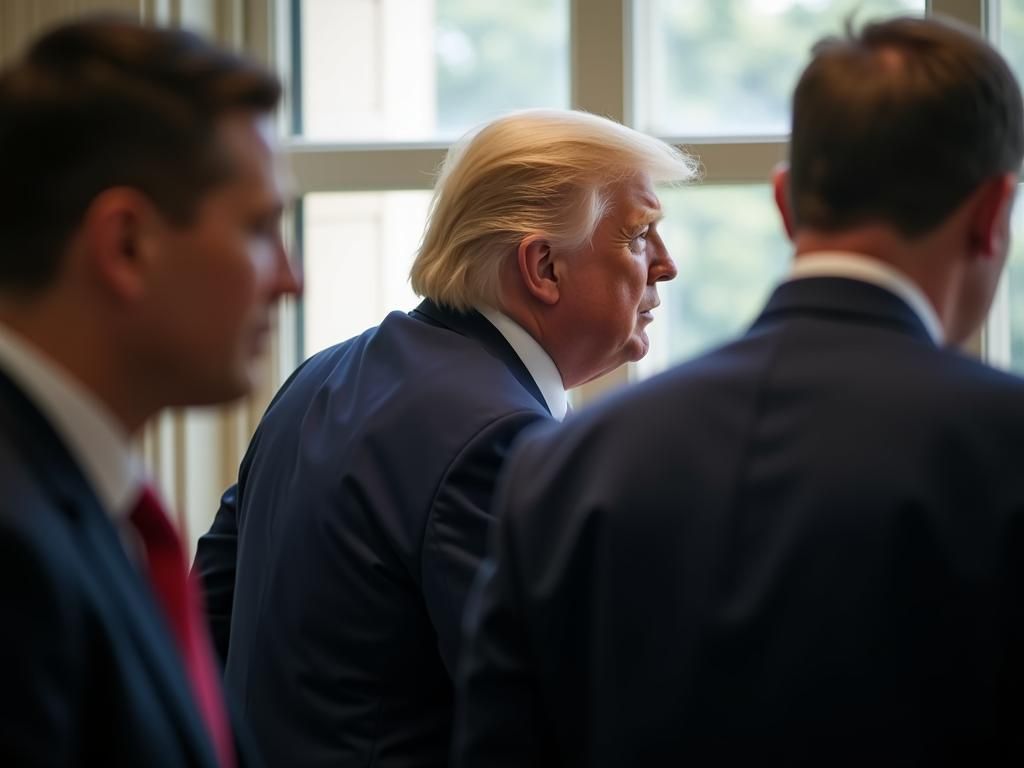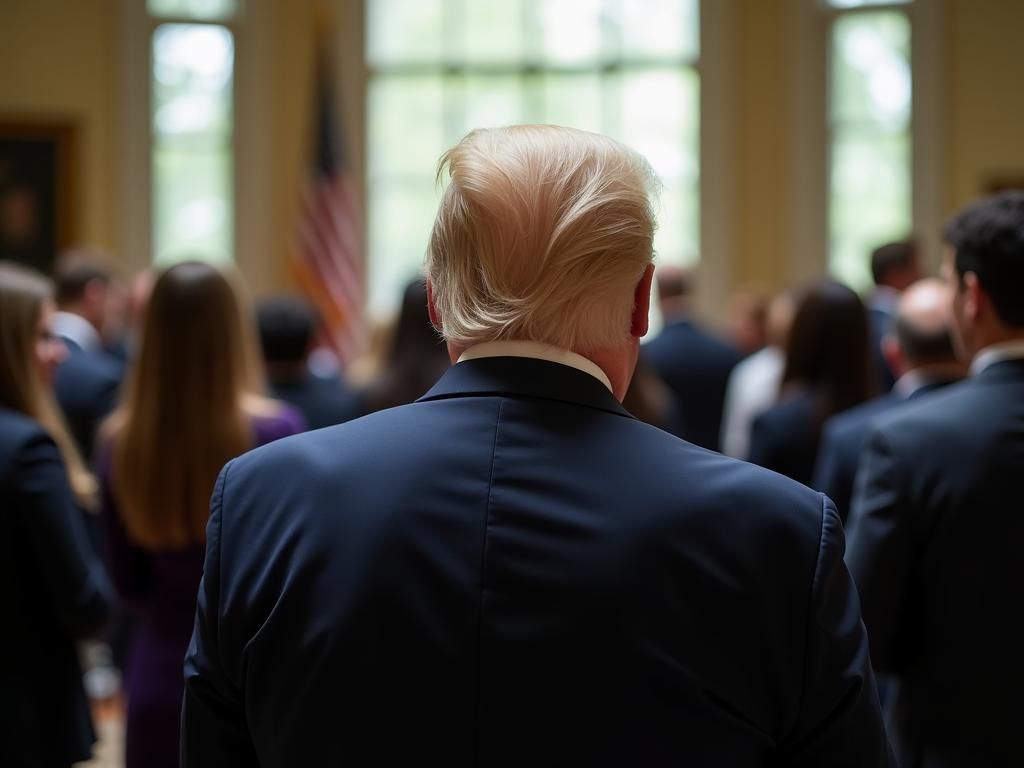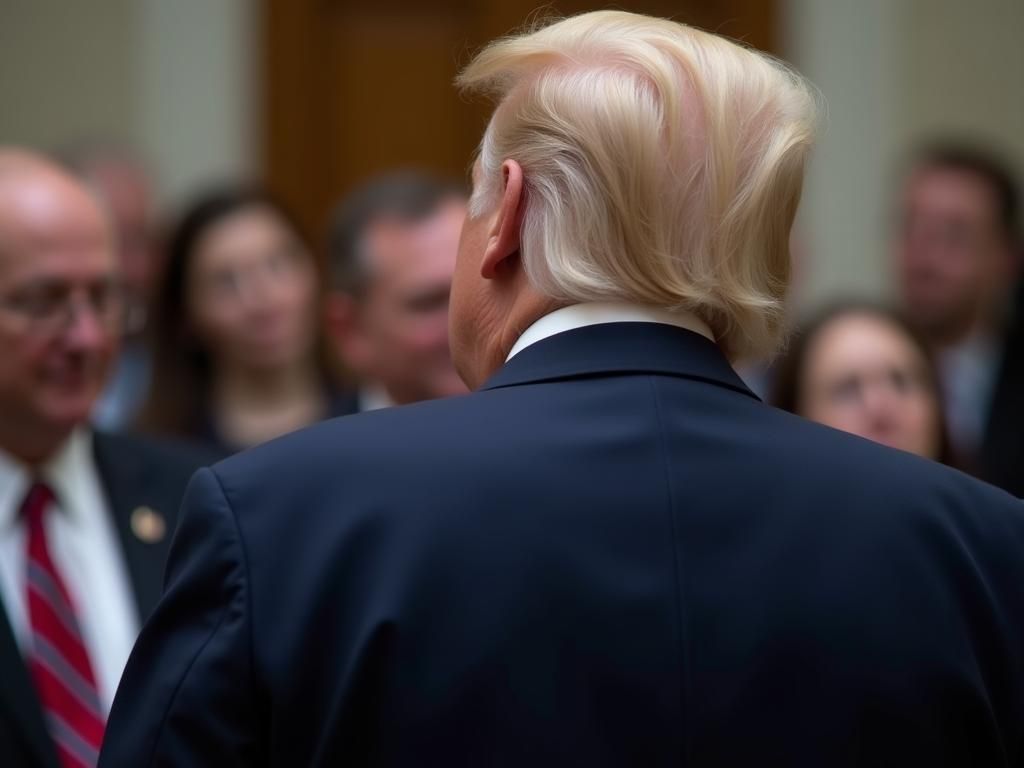The Trump administration is reportedly shifting its focus from tax cuts to tariffs as a primary economic policy tool.
This shift comes despite warnings from economists and business leaders who have expressed concerns about potential negative impacts on economic growth.
The move signals a departure from the administration’s previous emphasis on tax reductions, which had been a central tenet of its economic strategy.
The decision to prioritize tariffs is believed to be driven by a desire to address trade imbalances and protect American industries.
Specific tariff actions, targeting various countries and goods, are expected to be announced or expanded upon in the near future.
Critics argue that tariffs can raise prices for consumers, disrupt global supply chains, and potentially lead to retaliatory measures from other nations, harming U.S. exports.
Economic indicators, including slower growth in key sectors and rising inflation, have prompted some analysts to suggest that the economy may be showing signs of weakening.
The administration’s embrace of tariffs could further exacerbate these concerns, potentially offsetting any gains from previous tax cuts.
The administration has not explicitly acknowledged the economic warning signs, however, it maintains its policies are aimed at strengthening the American economy.

